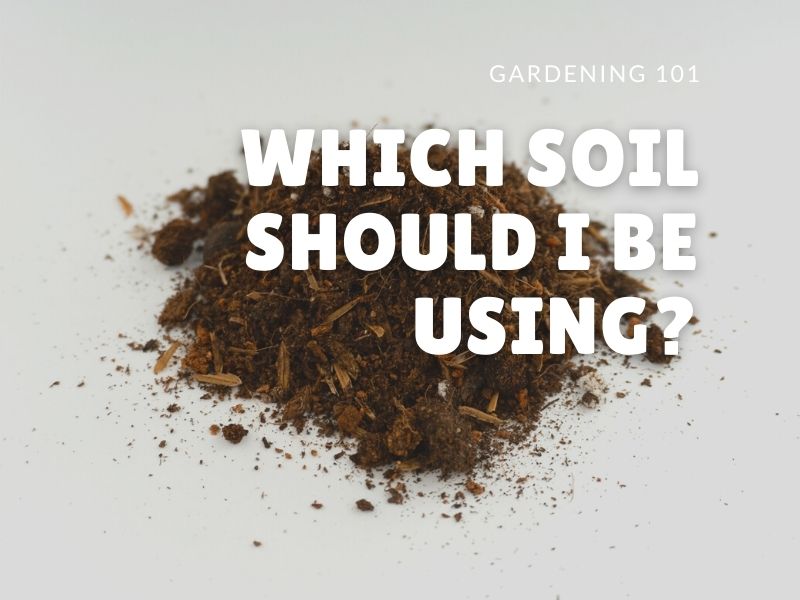Every grower swears by his/her soil mixture. It can be really confusing and discussions within the community often leads to heated debates. We believe that there is no perfect potting mix that works for everyone.
Ultimately, this boils down to two variables:
- What kind of plant are you growing?
- Where are you growing them?
What kind of plant are you growing?
A great way to start is to find out the native habitat of your plant and the natural conditions it grows in.
- Plants that grow in areas with heavy rainfall and forest cover tend to grow better in moderately acidic soil that is kept moist most of the time.
- E.g. Rainforest plants like caladiums, philodendrons, catheleas
- Plants that are found in regions with low rainfall or even desert conditions tend to be able to tolerate neutral or slightly alkaline soil. The soil should completely dry out between waterings. [1]
- Most euphorbias, dostenias, succulents, cacti
One general rule of thumb which applies for most plants is: use a well-draining potting mix and if the plant is moisture-loving, add organic constituents to improve water retention.
You can add the following to make your media well-draining:
- Perlite
- Volcanic rocks (e.g. pumice, lava rocks, akadama)
- Sand
On the other hand to make a soil hold more water:
- Peat moss
- Sphagnum moss
- Most soil labelled as potting soil or mix*
- Cocopeat
- Risk husk
*For potting soil or mix, we prefer it when the soil is soft and fluffy to touch (when you grab a bunch and lightly squeeze it). We find that this is a good indicator that the soil is unlikely to clump up and harden after long use. The ones we have used are: Plantaflor Potting Soil from Germany (not so easy to find); Horti Seed & Potting Mix (readily available in our local supermarkets).
Where are you growing them?
Indoors
Your growing media will tend to dry out slower due to lower air circulation and higher humidity around your plants. For cacti and succulents, choose to use more inorganic media and change your water frequency accordingly. Try to supplement with a fan to remove pockets of humidity around the plant. For house plants, adding some perlite or pumice in the mix can help to aerate the soil to prevent root rot.
Outdoors
This is highly dependent on your climate. The aim for most plants is to adjust a media so that it stays slightly moist throughout the day. If you get full afternoon sun, you can choose to use more organic media so that the soil does not dry out too quickly. If you are in an area with lots of rain, adding more inorganic components can help allow the water to drain out quickly. Always use a pot with a draining hole so that excess water does not stagnate at the bottom.
Knowing your plant and environment
At the end of the day, it is more about knowing your plant and your growing environment than finding the perfect media. Understand the properties of the different components in your mix is important for you to mix something that suits your watering habits. Stop thinking and start experimenting!
[1] Alkaline soil locks up the nutrition away from the plant while acidic soil releases it. Most cactus growers agree that cacti and succulents grow better in slightly acidic soil. Although, they have adapted to be able to grow in poor quality soil to out-compete the other plants, it does not mean that the do better in them. Mottram, Roy. “Nutrition in Succulent Plants.” British Cactus & Succulent Journal, vol. 4, no. 1, 1986, pp. 9–13. JSTOR, www.jstor.org/stable/42792314. Accessed 27 July 2020.


3 thoughts on “Basics 101: Which soil should I be using?”